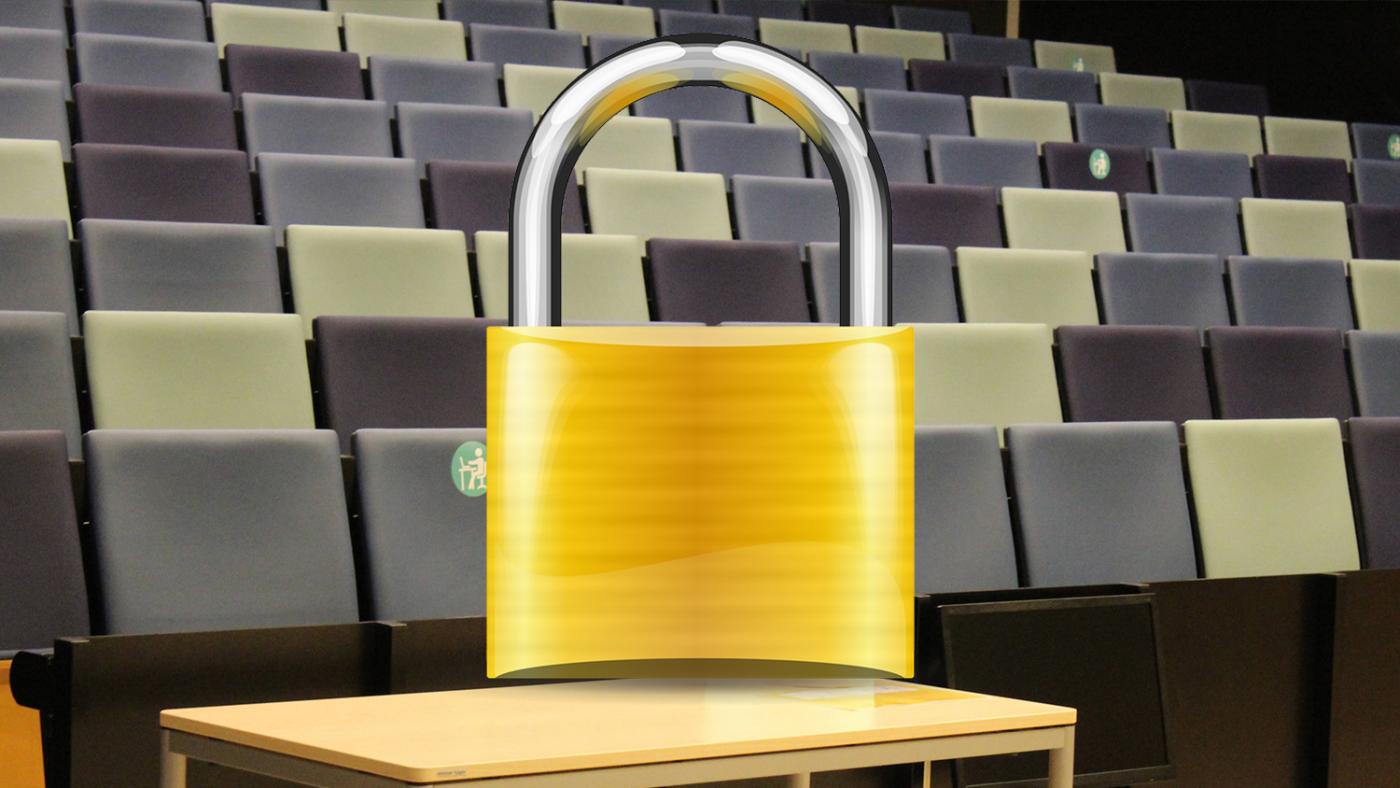What will reopen first: pubs or lecture halls?

The number of people infected with the coronavirus is slowly declining, but the relaxation of the measures to contain the spread of the virus still seems a long way away. In his Tuesday speech, Mark Rutte warned that the new strains of Covid-19 originated in the UK, Brazil and South Africa could cause a third wave of the pandemic.
Here are a few frequently asked questions about the government's most recent decision.
How does the government choose which measures to take?
In principle, all possible measures are listed on a road map (link in Dutch), which has been slightly updated, but nothing has changed regarding higher education.
How should we interpret the road map?
The road map is a guide for decision making. There are four tiers: alert, worrying, serious and very serious. For each tier, the measures are summarised for all kinds of situations and sectors. For example: a wedding may be attended by one hundred guests when the country is classified as tier 1, fifty guests in tier 2, and thirty guests in tiers 3 and 4. At the highest tier, the measures can be tightened even further, if necessary.
What about higher education?
The general restrictions are already quite drastic for higher education: 1.5 metre (approximately 6 feet) social distancing, face masks, isolating at home if you have symptoms. These measures mean that lecture halls will be empty, exams will be missed, and so on. But there are no additional restrictions for the educational sector. Only if the measures at the highest tier happen to be tightened, the universities end up where they are now: no face-to-face classes at all.
But I have exams coming up!
Right, exams are an exception. So are practicals and labs, as well as counselling for vulnerable students. These activities can still go ahead on campus, to the best knowledge of the university.
What will open first: lecture halls or pubs?
Lecture halls. Classes will resume as soon as possible, provided that they respect the 1.5 metre (6 feet) social distancing rule. Pubs and cafés will only open again when we get down to tiers 1 and 2, also with social distancing.
When do we go to a different tier?
The decision is based on the number of positive tests per 100,000 members of the population each week. The lowest tier is less than 35 per 100,000. In tier 2 there are no more than 100. Tier 3 is 250 positive tests per 100,000 per week, and tier 4 above 250. The number of people admitted to ICUs is also a contributing factor.
Which tier are we in now?
The lockdown is having a positive effect: the number of people testing positive is decreasing. There are now 164 cases per 100,000, which puts us in tier 3: serious, but not very serious.
So will we go back to campus soon?
Not yet. New, more contagious strains of the virus are threatening to cause a third wave. The number of people testing positive must keep decreasing before the government can consider loosening restrictions again. They have not decided about the curfew yet: we have to wait for the Outbreak Management Team's advice on that regard at the end of this week.